First SVHC Update of 2025: New Substances Added to the REACH Candidate List
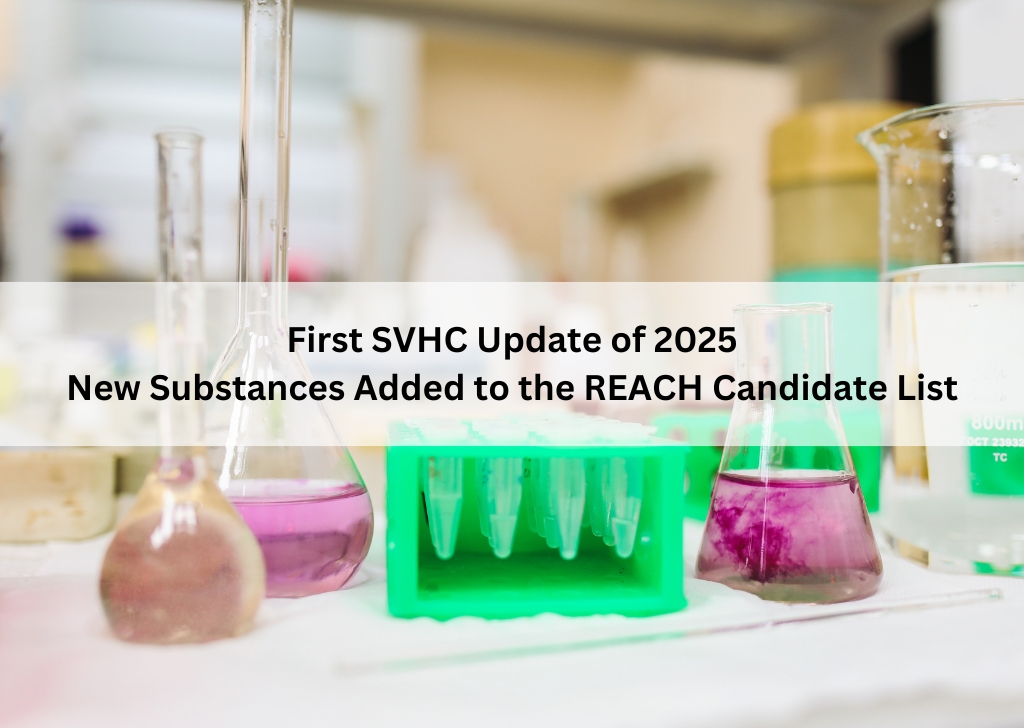
On January 21, 2025, the European Chemicals Agency (ECHA) expanded the Candidate List of Substances of Very High Concern (SVHCs) by adding five hazardous chemicals and updating one existing entry. With this update, the Candidate List now contains 247 entries, highlighting chemicals that pose potential risks to human health and the environment. The primary goal […]
New Hazardous Chemical Added to ECHA’s REACH SVHC Candidate List
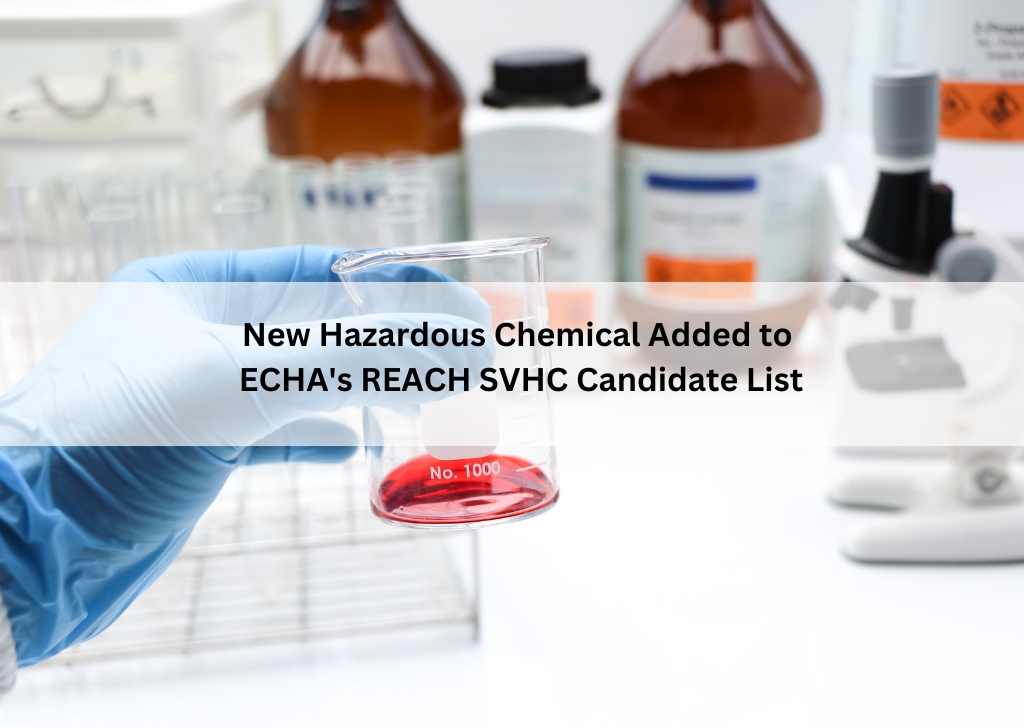
The European Chemicals Agency (ECHA) is a key regulatory body within the European Union, responsible for managing the registration, evaluation, authorization, and restriction of chemicals. It plays a critical role in ensuring that chemicals used in the EU are safe for human health and the environment. ECHA’s work is central to the implementation of the […]
How REACH Affects Non-EU Companies: What Exporters Need to Know
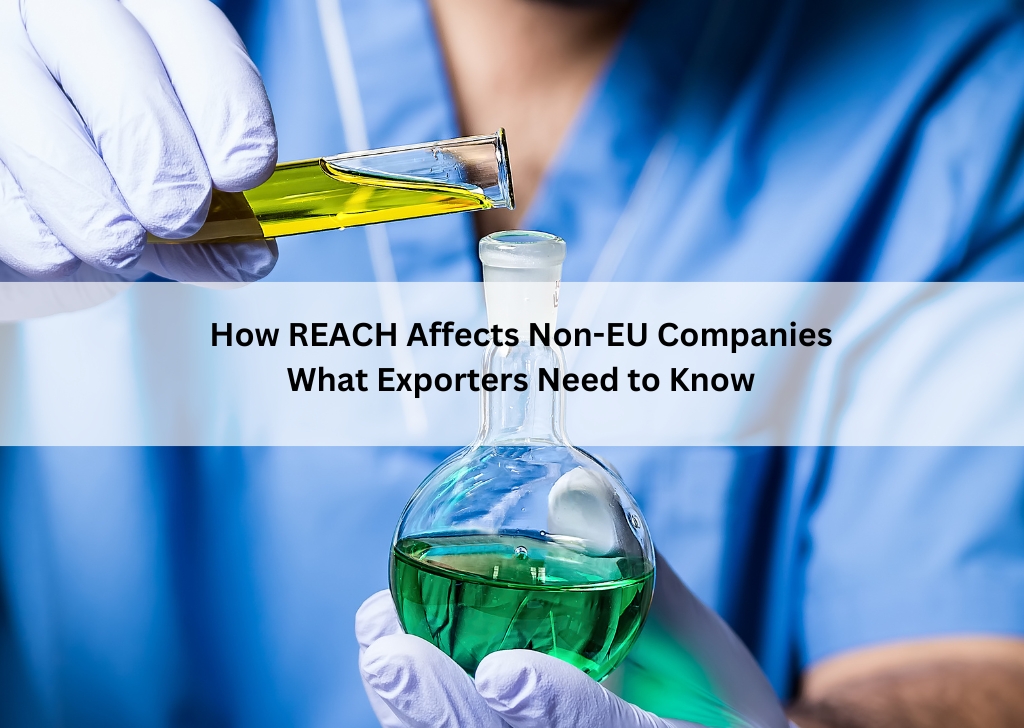
The European Union’s REACH Regulation establishes a rigorous framework to safeguard human health and the environment. For non-EU companies exporting chemical-containing products to the EU, compliance with REACH is mandatory. Failing to meet these requirements can lead to restricted market access, substantial fines, and damage to your reputation. If your business involves selling products in […]
Six New SVHCs Proposed by ECHA : Implications for Compliance and Industry Impact
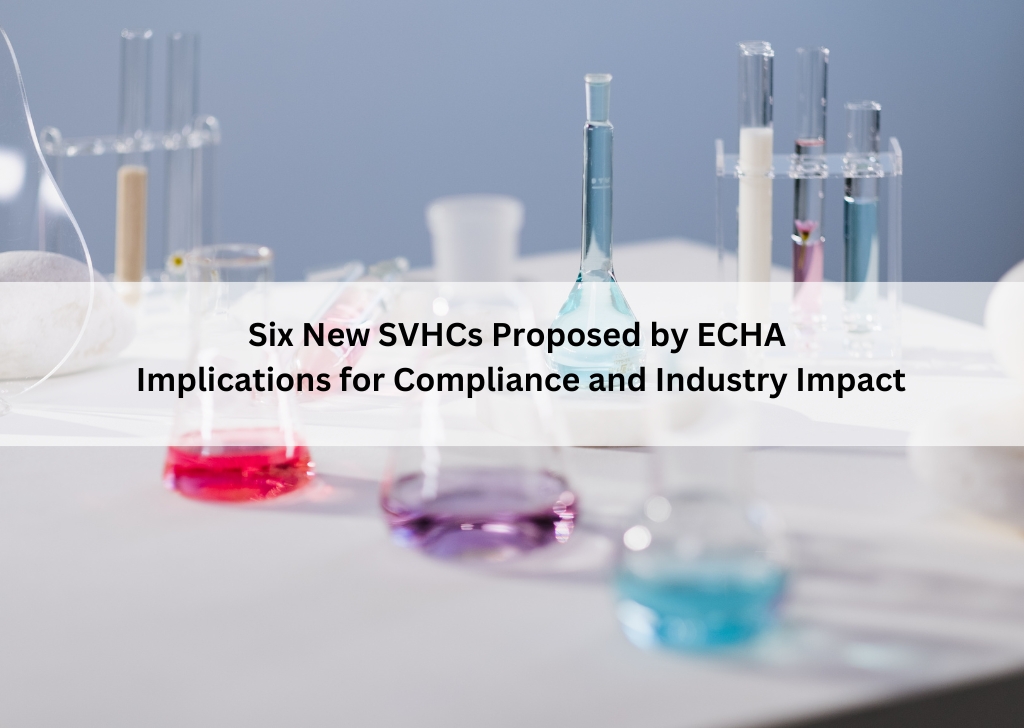
In August 2024, the European Chemicals Agency (ECHA) launched a public consultation on a proposal to add six new substances to the Substances of Very High Concern (SVHC) Candidate List under the EU REACH Regulation. If approved, the number of entries on the Candidate List would reach 247, increasing obligations for affected industries. The consultation, […]
REACH SVHC Candidate List: Newly Added Substances and Their Significance
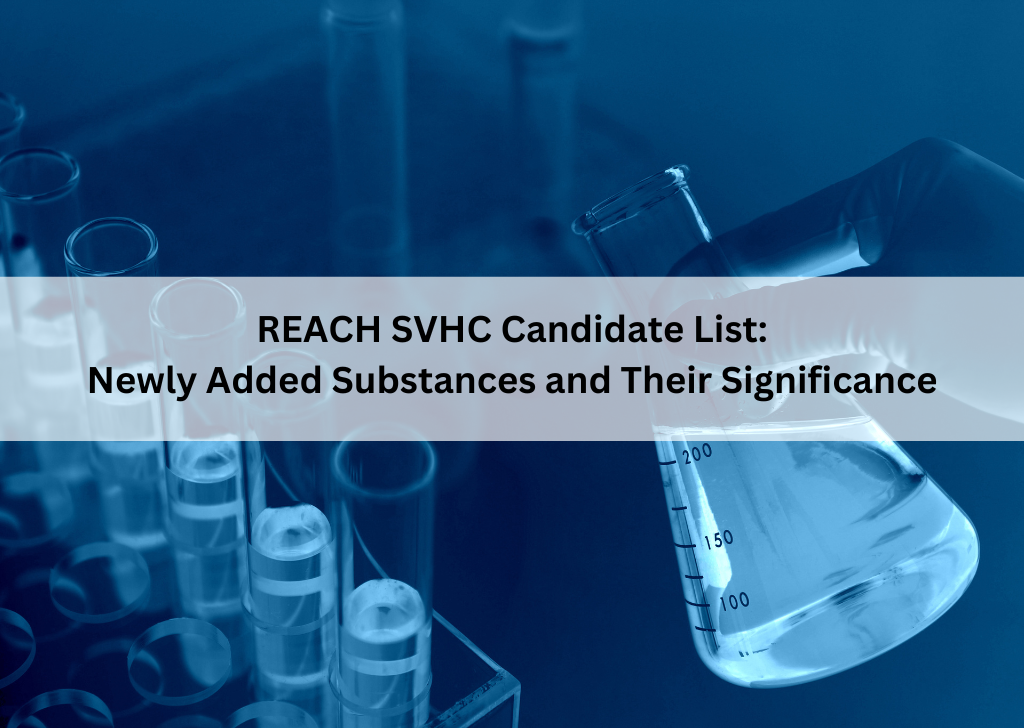
The European Chemicals Agency (ECHA) has added five new hazardous chemicals in its 30th update of the REACH (Registration, Evaluation, Authorization, and Restriction of Chemicals) Candidate List, bringing the total to 240 SVHC entries. This underscores the importance of effectively managing the risks associated with these substances and underscores the commitment to enhancing chemical safety. […]
Anticipated Expansion of REACH SVHC List to Reach 240 Substances
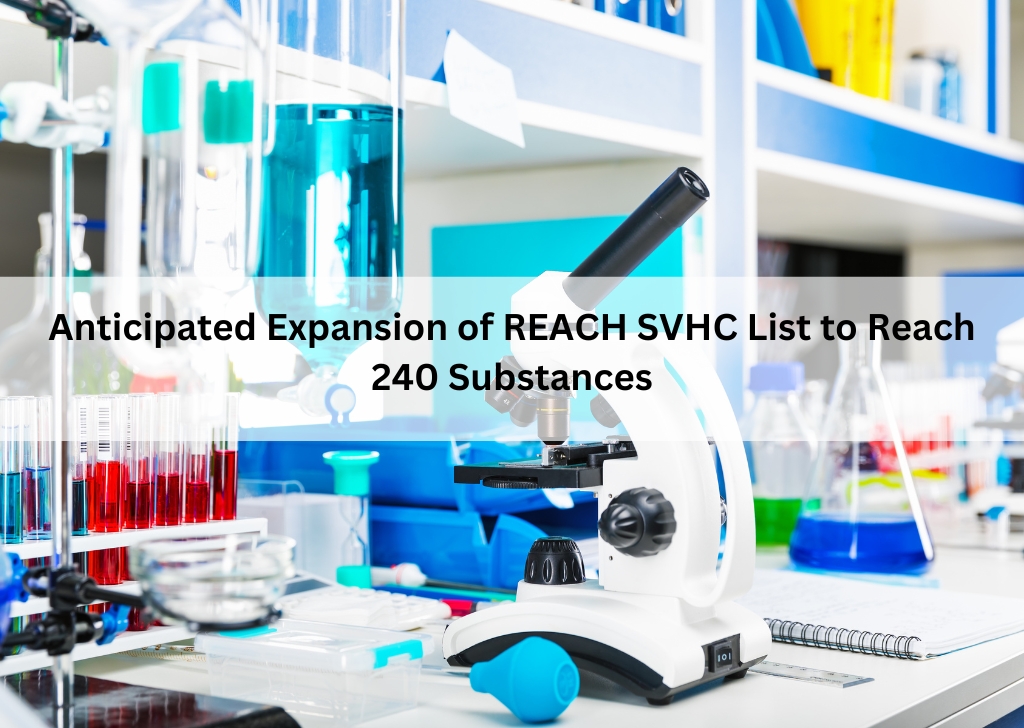
Keeping up with the most recent developments is crucial when it comes to chemical safety and regulatory compliance. REACH (Registration, Evaluation, Authorization, and Restriction of Chemicals) Candidate List 30th update started by the European Chemicals Agency (ECHA) lately. Within the European Union’s chemical regulation framework, the REACH Candidate List is an essential tool. It performs […]
Deciphering REACH: Annex 14, Annex 17, and SVHC Distinctions

To oversee and manage the utilization of chemicals in the European Union (EU), the EU established the Registration, Evaluation, Authorization, and Restriction of Chemicals (REACH) legislation. Enacted on June 1, 2007, REACH aims to ensure a high standard of protection for both the environment and public health while simultaneously enhancing the competitiveness of the European […]
ECHA proposes to add 9 new chemicals as SVHC

Change is in the air again with ECHA proposing to add nine more substances to SVHC, if approved the number of SVHC will increase from 224 to 233. The European Chemicals Agency (ECHA) launched the public consultation for the 28th update of the REACH Candidate List on 2 September 2022. The public consultation will end […]
ECHA adds a new substance to REACH SVHC

On 10th June, 2022, The European Chemicals Agency (ECHA) has added one more substance to its list of SVHC candidates, which was updated from 223 to 224. The newly added substance to candidate list is N-(hydroxymethyl)acrylamide (CAS-924-42-5) which is mainly a carcinogen as well as Mutagen. N-(hydroxymethyl)acrylamide is generally found as intermediate compound in thermoplastic […]
Turkey REACH and its Implications

Turkey REACH law is like EU REACH and requires the companies to pre-register (by 31 Dec 2020) and register (31 Dec 2023) substances (on their own, in mixtures or in articles) manufactured in Turkey or imported into Turkey with volumes equal to or above 1 ton per year. This is called as KKDIK. KKDIK stands […]